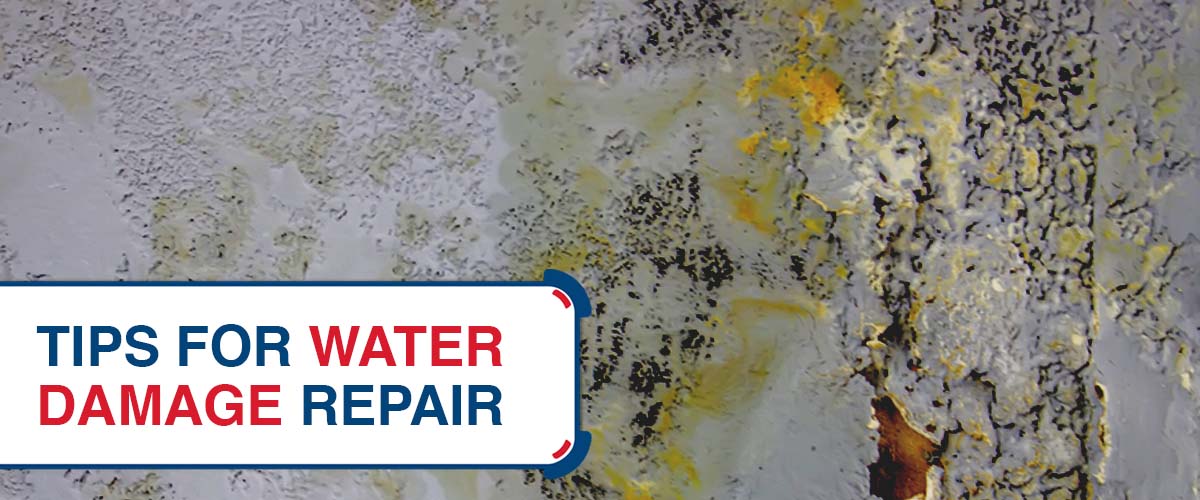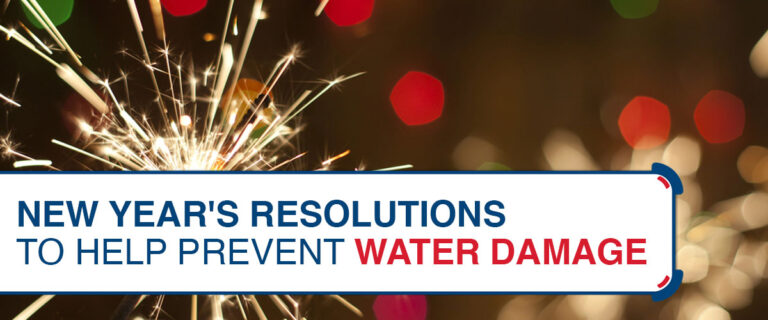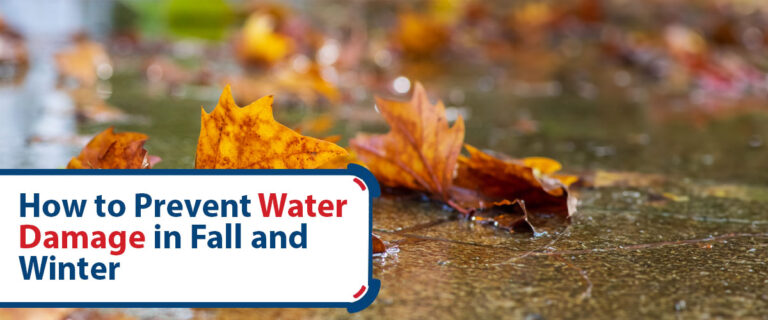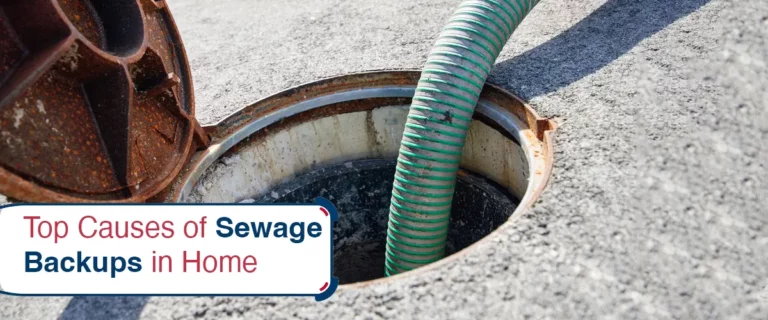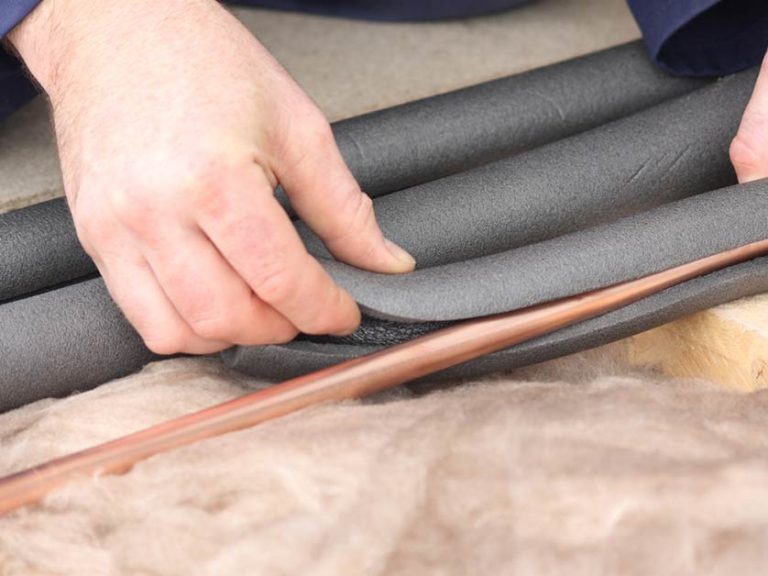Tips for Water Damage Repair
Water damage in Paola can be a homeowner’s worst nightmare, causing extensive harm to your property and possessions. The effects of water damage can be overwhelming, whether caused by a burst pipe, a leaky roof, or a natural calamity. However, you can mitigate the damage and restore your home with the right approach and a proactive mindset. This article will provide essential tips for repairing water damage, ensuring you can tackle this challenging situation head-on.

1. Assess the Extent of the Damage
Before taking any action, it’s crucial to assess the extent of the water damage. This first step sets the foundation for an effective repair process. Inspect affected areas thoroughly, checking for signs of water intrusion, dampness, and structural weaknesses. By understanding the scope of the damage, you can plan your repair efforts more effectively.
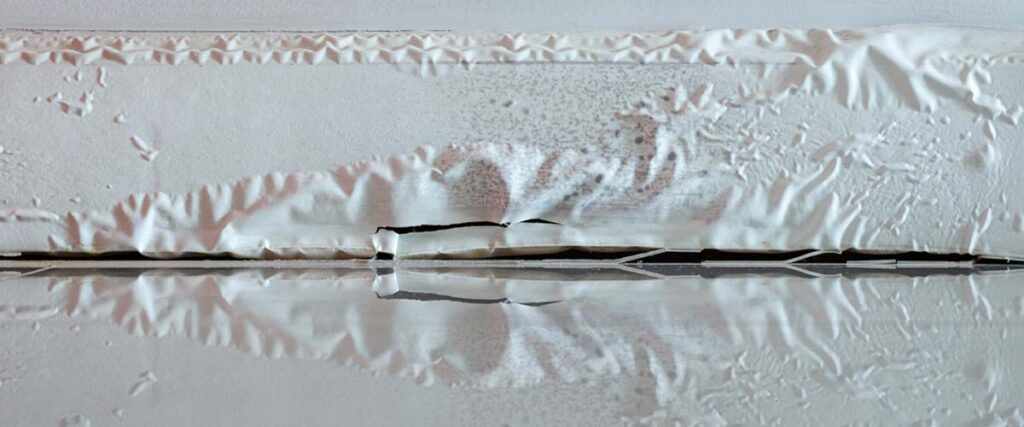
2. Identify the Source
To effectively address the issue, you must find the source of the water intrusion and stop it. If it’s a burst pipe, turn off the water supply to that area or the entire house. For a leaking roof, patch it up temporarily until an expert can provide a permanent solution.
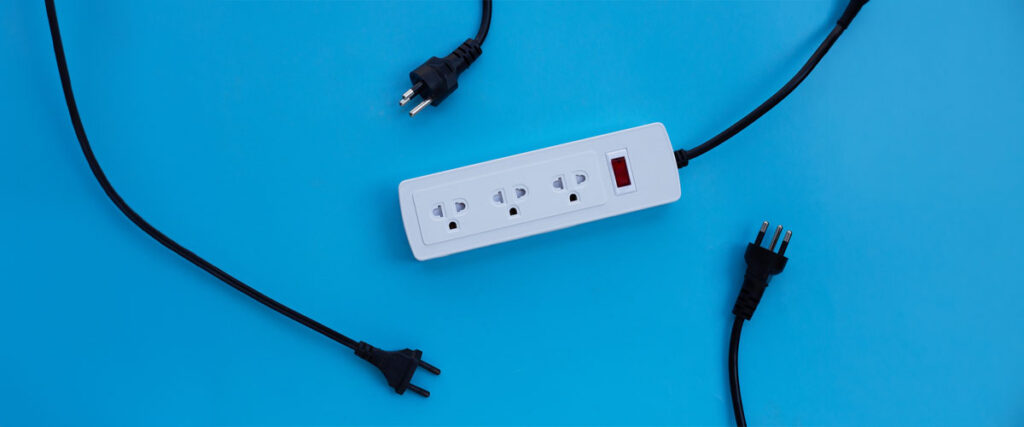
3. Ensure Safety First
Safety should always be your top priority during water damage repair. Ensure that the electricity and gas supply are turned off to prevent potential hazards. Also, wear safety equipment such as gloves, goggles, and a mask to safeguard yourself from contaminants that water damage can bring.
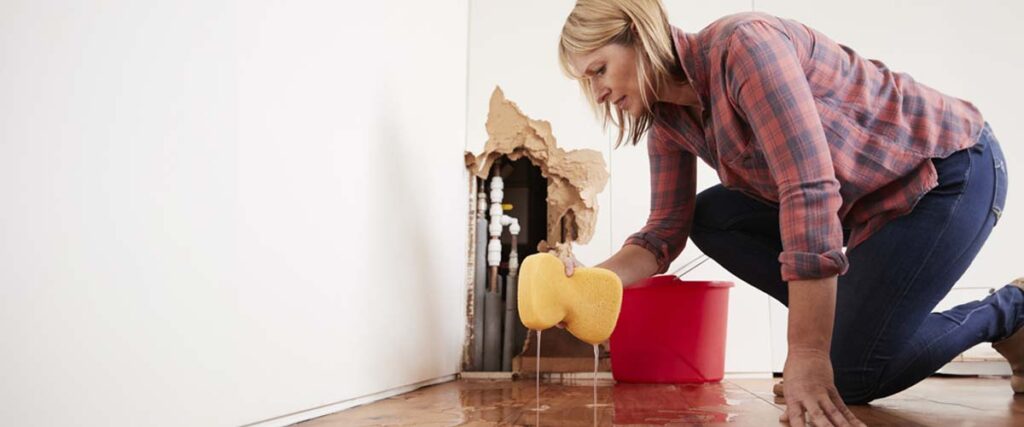
4. Act Swiftly
The most critical aspect of dealing with water damage in Paola is to act promptly. The longer the water sits, the more extensive the damage becomes. When you discover water intrusion, begin the cleanup process immediately to prevent further harm to your property.
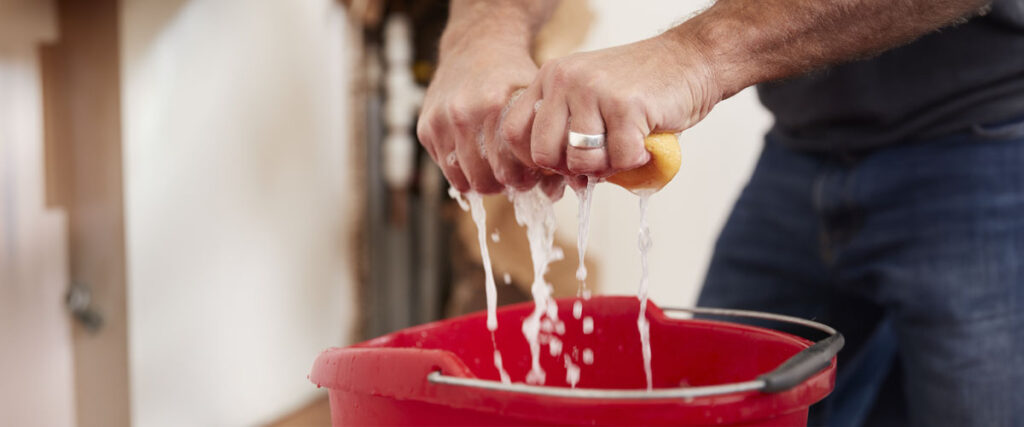
5. Remove Excess Water
The next step is to remove excess water from the affected areas promptly. You can soak the water with a wet-dry vacuum, buckets, or towels. Quick action in this regard can prevent further harm and reduce the possibility of mold growth.
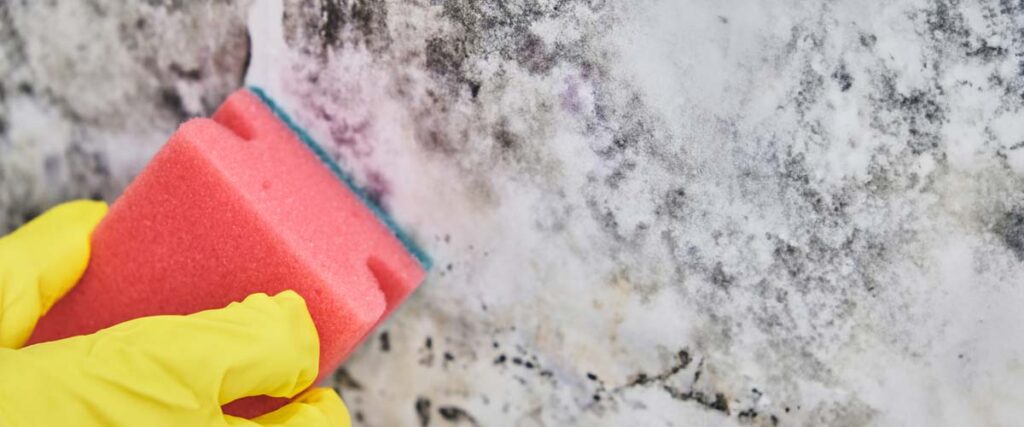
6. Drying and Dehumidifying
After removing excess water, you must thoroughly dry the affected areas. To speed up the drying process, use fans and dehumidifiers. Adequate ventilation is crucial in preventing mold from taking hold. Remember, the more prolonged moisture lingers, the higher the chances of mold infestation.
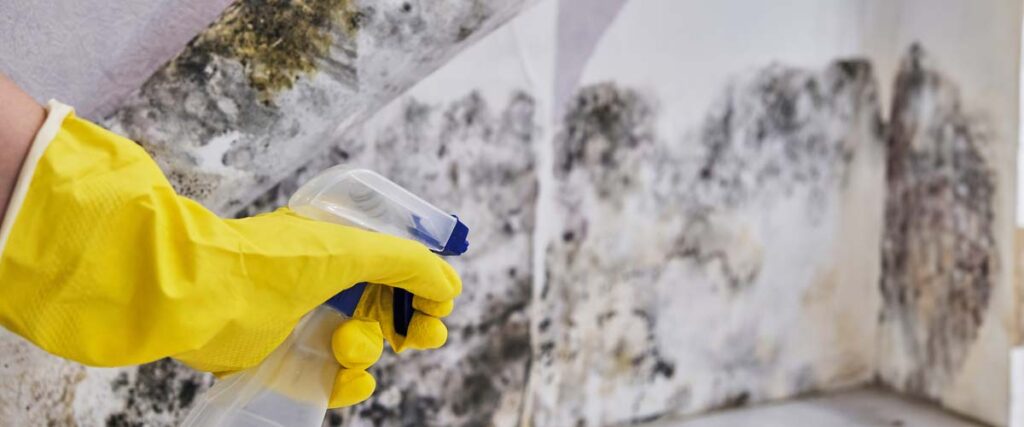
7. Clean and Sanitize
Clean all surfaces in contact with the water using a mixture of water and mild detergent. This helps remove contaminants and prevent mold growth.
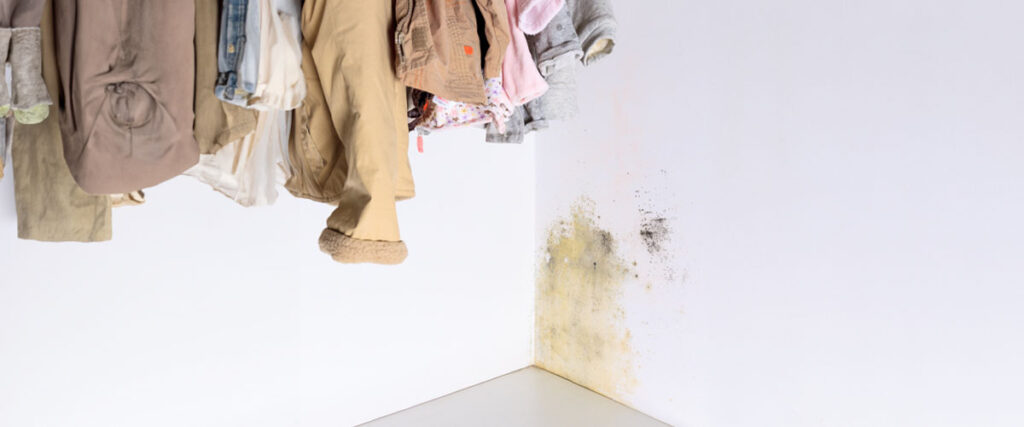
8. Salvage and Dispose of Damaged Items
Not all items may be salvageable after water damage. Assess your belongings and prioritize saving those with sentimental or monetary value. Dispose of irreparable items responsibly to prevent them from growing mold and bacteria.
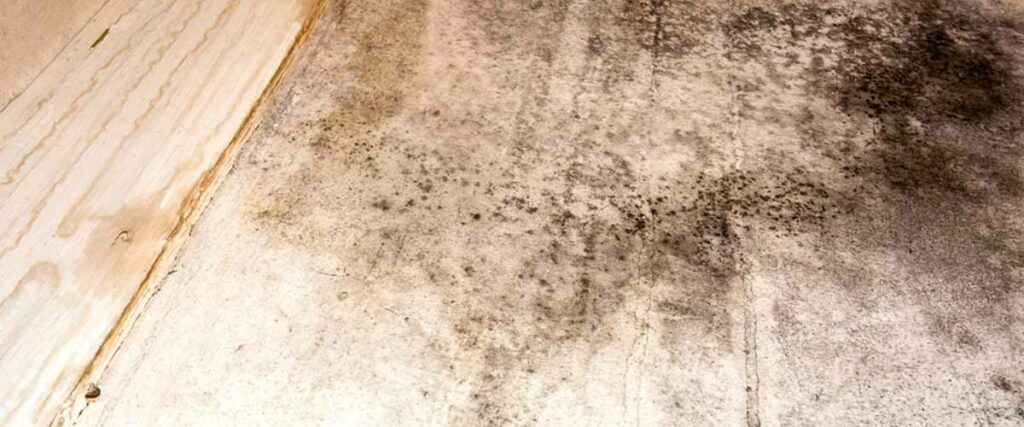
9. Mold Prevention
Mold thrives in damp environments, making it a common issue after water damage. Ensure all affected areas are thoroughly cleaned and disinfected to prevent mold growth. Use appropriate mold-inhibiting products and consider applying a mold-resistant coating to surfaces.
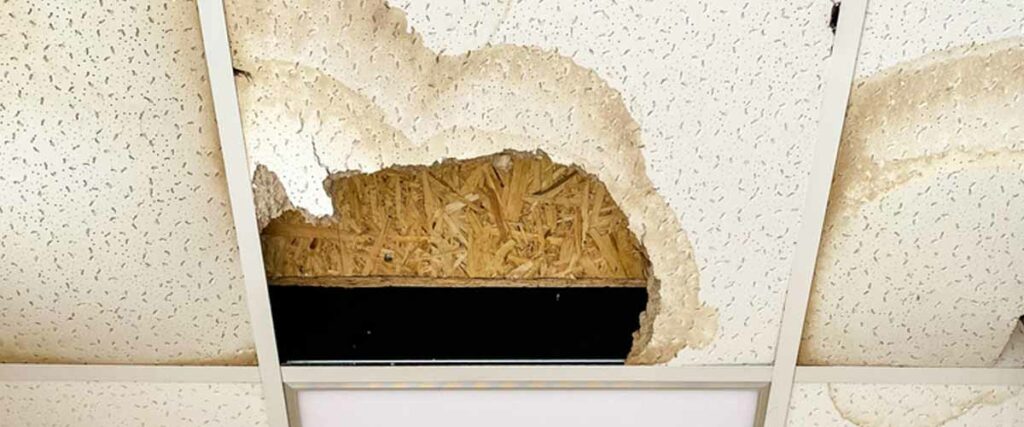
10. Repair Structural Damage
Severe water damage may compromise the structural components of your home. Seek professional assistance to repair any structural damage promptly. Ignoring structural issues can lead to more significant problems down the line.
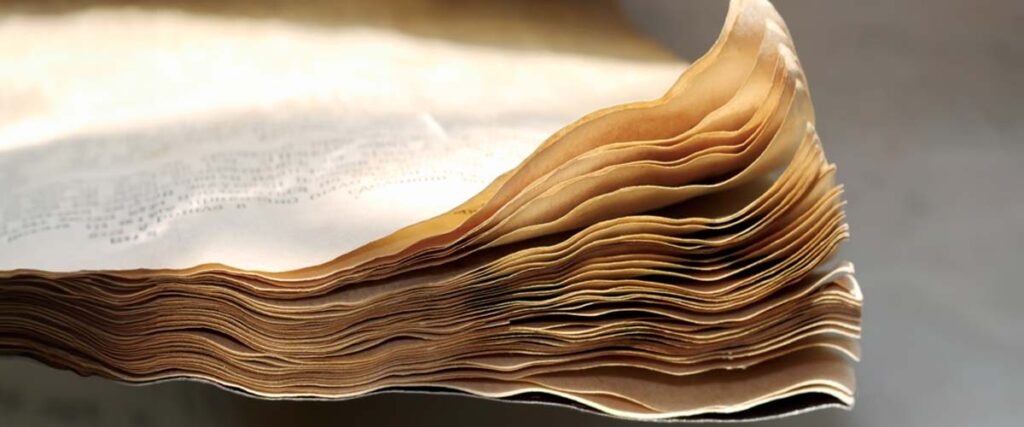
11. Document the Damage
Take photographs and make a detailed inventory of the damage for insurance purposes. Proper documentation can streamline the claims process and guarantee that you will receive fair compensation for your losses.
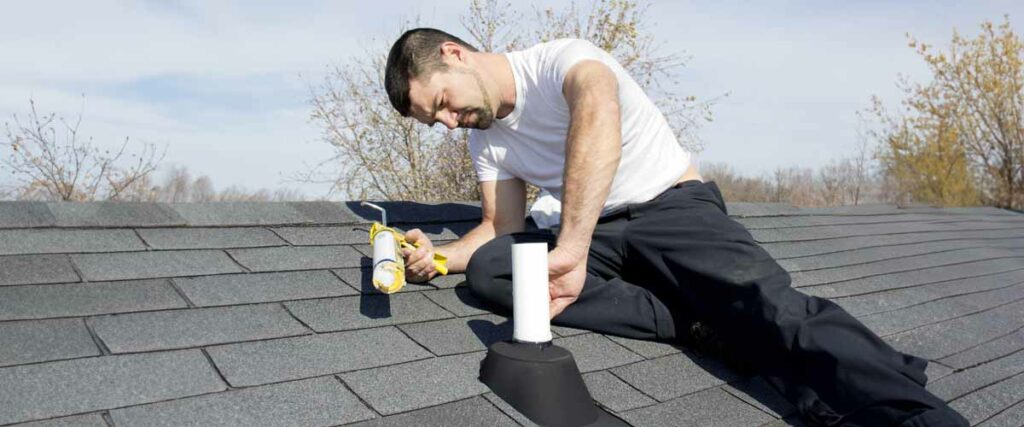
12. Prevent Future Damage
Take measures to prevent future water damage. This may involve improving drainage around your home, maintaining your plumbing, and periodically inspecting your roof for leaks.
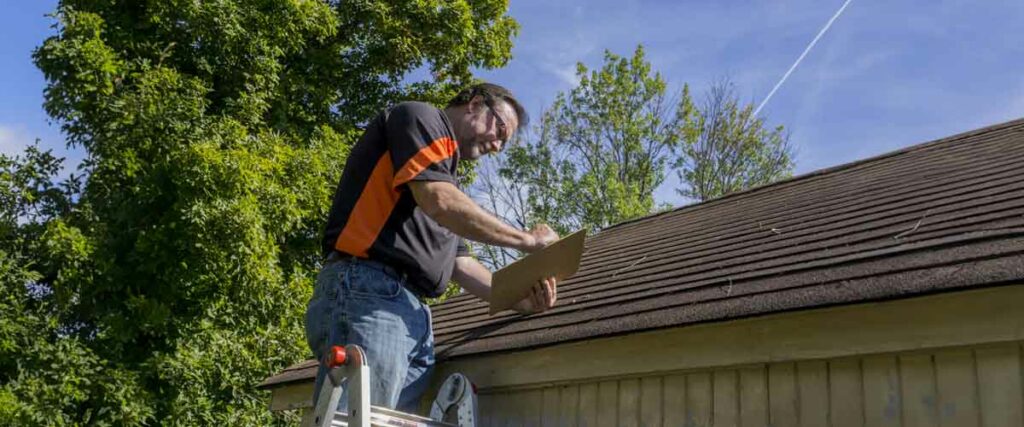
13. Hire Professional Help
Water damage repair can be a complex and arduous task. Hiring professional experts can save you time, effort, and potential mistakes. Experts of water damage companies in Paola have the knowledge and equipment to handle the job effectively, ensuring your home is restored to its pre-damage condition.
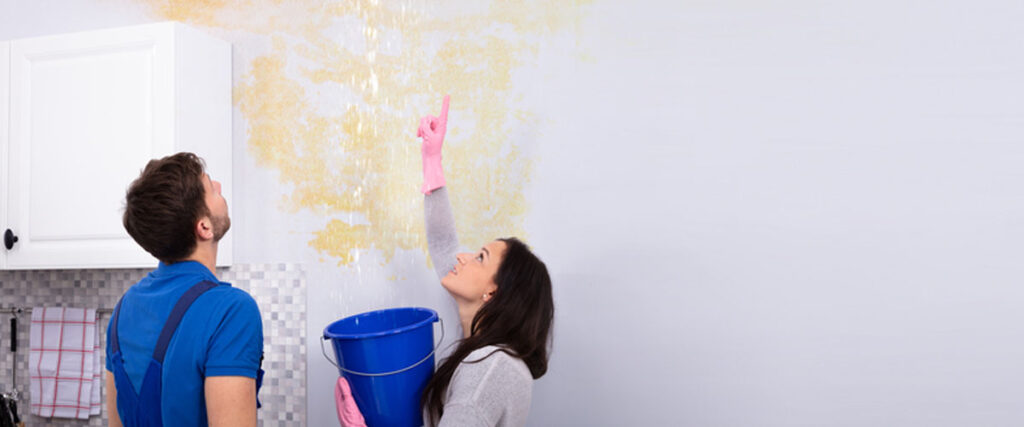
14. Stay Vigilant
Even after the repair process is complete, it’s essential to remain vigilant. Monitor your home for any signs of recurring water damage, such as leaks or unusual odors. Promptly address any issues to prevent future water-related disasters.

Act Fast, Restore, and Protect Home!
The key to successful water damage repair is immediate action and a systematic approach. It’s crucial to stop the source of water intrusion, remove excess moisture, and thoroughly assess the extent of the damage. Swift cleanup and drying are essential to prevent further harm, such as structural issues and mold growth. Additionally, documenting the damage and consulting your insurance company can help ease the financial burden of repairs.
Consequently, water damage repair is challenging, but with the proper precautions and diligence, you can mitigate the damage and repair your home to its former glory. Remember that safety should always be your top priority, and when in doubt, seeking professional assistance is a wise choice to ensure a thorough and effective mitigation. By applying these tips, you can confidently navigate the challenges of water damage repair and protect your home from further harm.
Resources:
- Mold After a Disaster – https://www.cdc.gov/disasters/mold/index.html
- Floods and Water Damage – https://www.lung.org/clean-air/emergencies-and-natural-disasters/floods-and-water-damage


